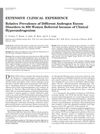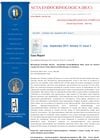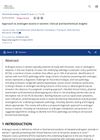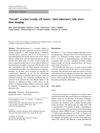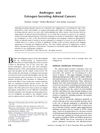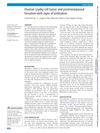Sertoli-Leydig Cell Tumors: Hormonal Profile After Dynamic Test with GnRH Analogue Triptorelin Represents a Useful Tool to Evaluate Tumoral Hyperandrogenism
October 2014
in “
Gynecological Endocrinology
”
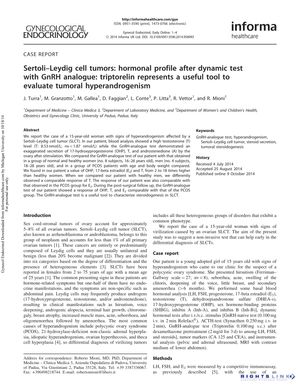
TLDR Triptorelin helps evaluate hormone production in Sertoli-Leydig cell tumors.
The document describes a case study of a 15-year-old female with a Sertoli-Leydig cell tumor (SLCT) causing hyperandrogenism. Elevated testosterone levels were observed, and a GnRH-analogue test with triptorelin showed an exaggerated secretion of ovarian steroids. The patient's hormonal levels were significantly higher compared to healthy women and similar to those of healthy men and PCOS patients. After tumor removal, her hormonal levels decreased, and virilization symptoms were reduced. The study suggests that the GnRH-analogue test is a useful tool for characterizing steroidogenesis in SLCT and may assist in differential diagnosis. It also indicates that SLCTs may respond to physiological stimuli like GnRH analogue, which could have therapeutic implications. The document highlights the importance of considering SLCT in the differential diagnosis of virilization symptoms in reproductive-age women. The number of participants in the study is not mentioned.
